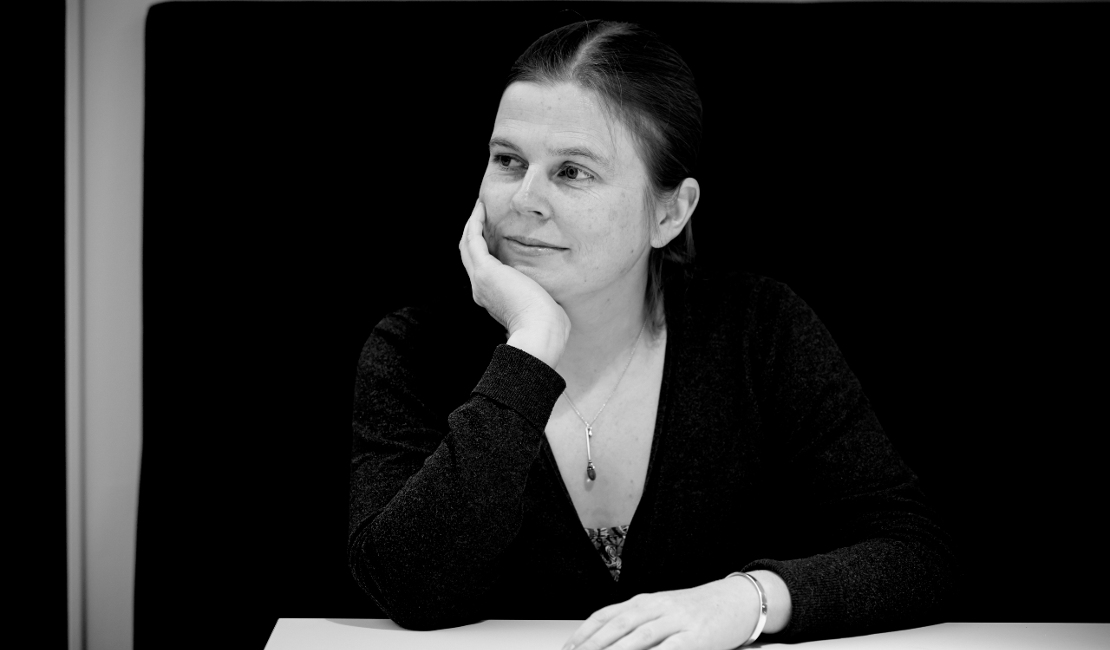Travels in Music – The walks of Britta Byström

Walking is very akin to music. A walk moves you, transforms you and leads to new places. It embodies the very idea of movement and the places in-between places. As such, a Walk is something very dear to the heart of Swedish composer, Britta Byström.
Taking her inspiration from Modest Mussorgsky’s famous suite ‘Pictures at an Exhibition’, Byström has composed around 20 pieces with some variation of ‘walk’ since 2015 – from small pieces for duo instruments to large scale orchestral works. Mussorgsky famously and playfully used the promenade between the paintings as a recurring theme. The theme might stay the same but the music and organisation changes. “It's a brilliant musical idea: letting the music move instead of stopping!” Britta Byström states: “It amazes me that it hasn't become a more popular form in music history.”
Instead of promenading from picture to picture, Byström’s walks are musical conversations with the greatest of the classical composers. With titles like A Walk to Brahms, A Walk to Mozart, A Walk to Britten (Two Walks), Byström is in constant dialogue with the old masters of her craft and are creating natural transitions in programmes containing classical music. Marvellously melodic, they connect old music and contemporary music. Since the walks are so influenced by the works they are moving towards, it almost seems like the old and the new music exists at the same time – in the same composition.
Swedish violinist Malin Broman played a key role for Britta Byström’s Walks:
“Before I started writing pure ‘Walks’, I used Mussorgsky's form many times in my works – for example in my violin concerto "Games For Souls" (2015), written for Malin Broman. There I call the sets themselves ‘Games’ and the distance between them ‘Walks’. In these Walks, I composed a varied, wandering, pizzicato-based music, which then became the basis for all my following Walks.
The idea of ‘independent’ Walks arose in interaction with Malin Broman. ‘Games For Souls’ was performed along with music by Benjamin Britten and Franz Biber. Malin asked if I could write some small transitions between the pieces to tie the concert together into a whole. I then did the same small ‘Walks’ as in the violin concerto, but with inspiration from other works. It became ‘A Walk to Biber’ and ‘A Walk to Britten’ – both were about one minute long and combined my pizzicato music with small quotes from Biber and Britten respectively.”
Britta Byström’s walks are first and foremost characterised by the pulse and what Byström describes as the ‘pawing steps’ – almost like walking a dog. An activity Britta Byström herself is very fond of as a dog owner. Every walk is a journey to next piece in the programme – a walk towards a distant silhouette of a city far away in the distance. And they start with only a small step from nowhere and die away quietly as if the music is passing by you like a marching orchestra. And another interesting fact: since they are in fact transition pieces, the walks leave no time for the audience applause: “You have to be quite modest as a Walk composer”, Britta Byström says.
Britta Byström’s own favourite walk is A Walk to Bruckner for viola and double bass, a walk only 2.5 minutes long but which includes quotations from Bruckner’s grand scale 3rd Symphony. Another favourite is the beautiful A Walk to Mozart for string quartet and musical saw written as an introduction to Mozart’s Sinfonietta Concertante for wind instruments. But Britta Byström has never chosen which Walk to do next: “That is part of the charm with this project. I always have to adjust to a predetermined concert programme. No one has ever asked me which composer I want to write a Walk for next!”, says Britta Byström: “My walks are always for a specific work from a specific composer. Beethoven for instance already has two, one for the 1st Symphony and one for the 7th Symphony. I will pick something from the work which I consider to be a musically significant part and I will weave it into my own pizzicato music – which will then of course be affected by the inwoven material – and all of a sudden, the musical dialogue has begun.”
A lot of Britta Byström’s walks have been recorded already. Get ready to explore them all on the Spotify playlist from Edition Wilhelm Hansen:
(Nov 2022)
